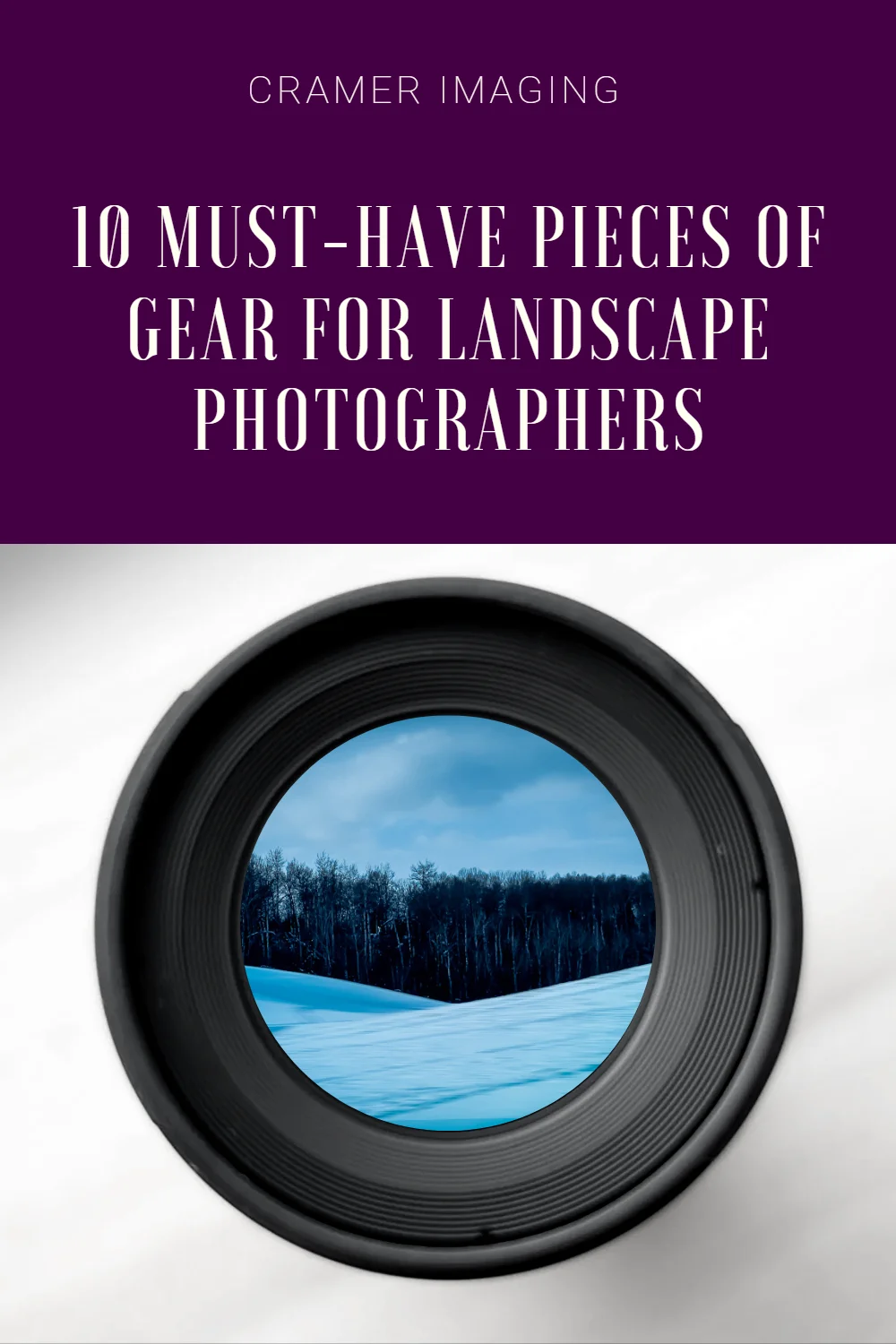
The job of a landscape or nature photographer is often seen as glamorous and adventurous. The photographs we manage to take are published in calendars and hung on the walls of office buildings. People are amazed by, and even jealous of, what we manage to capture with our cameras. There are a few secrets which enable us to shoot such breathtaking work for you to admire. Here is a list of the top 10 pieces of equipment or gear which landscape and nature photographers need to score those treasured masterpieces.
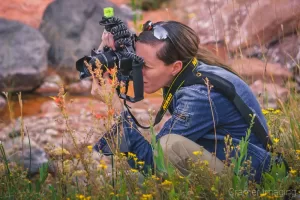
I’m going to qualify this list with the following. I already assume you have a camera body. That’s essential gear for landscape photographers, or any other kind of photographer for that matter. Let’s dive into other pieces of gear which you might or might not already know about.
Every landscape photographer needs a wide angle lens. This enables him or her to take in those enormously big landscape shots. There is no way to get the whole scene into one picture without a wide angle lens. It enables us to take the “big picture.” These kinds of lenses have a short focal length, which means that something can be quite close to the camera and it will still be sharp in the final image.
This lens is the kind of lens which will allow you to magnify something far away for a decent sized photograph of it. If I want to take a picture of some deer across a lake, which I can only see as dots from my current position, this is the kind of lens I reach for. Not every outdoors picture works best with a sweeping wide angle nor can be seen with a short focal length. You need a longer focal length to bring faraway details into life-sized focus. This kind of lens does just that. The trade-off is that it will not work well for close-up things.
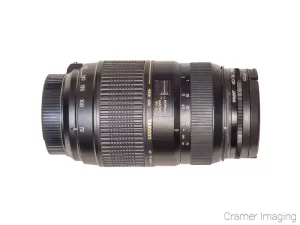
These filters are essential to any professional, amateur, or hobbyist photographer with an SLR format camera (the expensive cameras with interchanging lenses). They really don’t do much in the way of improving your pictures, in fact, they have even been known to add in some blur to an otherwise tack sharp image (which is bad).
These kinds of filters are are important because they are your glass protection filters. They are incredibly inexpensive, and easily obtained, but vital to prevent scratches and other minor damage to your valuable and not easily replaced lenses. I was in a class with someone who dropped a lens and the only thing damaged was the filter, which was beyond repair, but it saved the lens from being destroyed. This is why every lens a landscape or nature photographer has should have one of these filters as an insurance policy.

This camera accessory is the single best way to make sure that your landscape and nature photographs are sharp. It is a must-have. Period. It will allow you to stabilize your camera in awkward positions and it will prevent your hand from introducing lots of shake and blur into your final pictures. No serious, or semi-serious, landscape photographer would be without one.
There are lots of different kinds of tripod available on the market ranging from cheap and spindly to robust and heavy. Make sure that your tripod will fully support the weight of your camera without breaking. Heavier cameras will require sturdier tripods. Also take into account the weight of any other accessories your camera will be carrying, such as a removable flash (also known as a speedlight). That can be the difference between stressed-but-holding and broken cheap tripods.
Lens hoods are essential gear for any landscape photographers. Their purpose is to shade your camera lens from the sun when composing a scene to shoot. The sun quickly becomes both a friend and an enemy to any photographer shooting outdoors, no matter what subject matter he or she has chosen. When a photographer chooses an angle where the sun falls straight on the lens, the sun becomes a huge problem to your final product. Lens hoods are the equipment which prevents the dreaded washing out your amazing photos from direct sunlight on your lens. It also helps protect your lens from damage in case of falls or improper storage accidents.
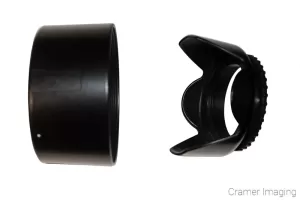
Photographers quickly realize that tripods are the most important piece of equipment for a sharp (even a tack sharp) photo. The problem is that the tripod removes most of the handshake issue but not all of it. Serious landscape photographers cannot afford to have even a little handshake blur soften an otherwise crisp scene.
The cable release removes the photographer’s hand shake from the crucial moment with the camera: the moment the shutter button is pushed. With a cable release, combined with a tripod, all your landscape and nature photos are guaranteed to be sharp if they are in focus. Cable releases also allow for leaving your shutter open for the long exposures found in star trails and silky waterfalls.
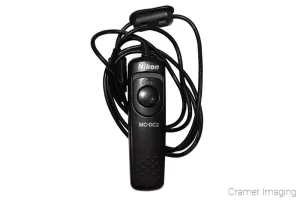
Landscape photographers often struggle with getting the colors they see with their eyes to match what the camera captures. There are also problems with reflections showing up on windows and water when they are not welcome. Both of these issues are where polarizing filters come in. These filters will actually change the way that light enters the camera lens. Using this filter, reflections can be reduced or eliminated. Colors can be brightened or dimmed as preferred.
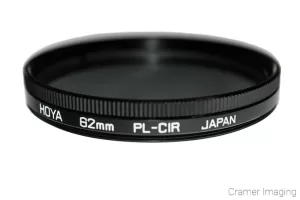
There comes a point for every landscape photographer, whether professional or otherwise, where he or she wishes to have more control over how much light does or does not enter through the lens for a proper exposure. Mastering shutter speed and aperture settings along with ISO and exposure compensation do much to that goal but don’t always do everything. This is where neutral density filters come in to help.
These dark filters will reduce the amount of light striking your camera sensor proportional to the rating it carries. The higher the number rating, the darker the filter and the less light making it to your sensor. More complex filters, such as graduated neutral density filters, exist for further control and specialization.
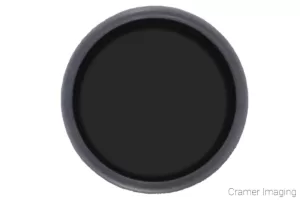

Whenever you decide to find your next amazing landscape photo, there are some practical concerns to think about. You might find yourself out in the field and in the middle of a rain storm. Your expensive camera gear needs protection. Rain sleeves for cameras are cheap and easily obtained. They may be a lifesaver, or at least camera-saver, for you. Make sure that you have some on your person when you are out in the field.
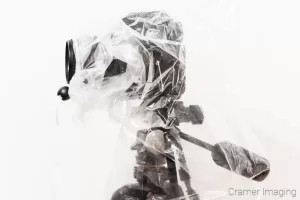
This handy little piece of photography gear is less than one cubic inch but it is a critical item to have in your landscape inventory. I have taken many a photograph, landscape scene and otherwise, where the ground underneath me was not level. This reflects in my photos and it does not look professional. With this little hot shoe attachment, I can properly raise and/or lower my tripod to the appropriate height for a level photograph. This saves me lots of time in post-processing trying to straighten a crooked image.
There are lots of options available for spirit levels. I personally recommend going with a three axis model. The two axis model works well until you need to rotate your camera into portrait mode. Then you have a problem.
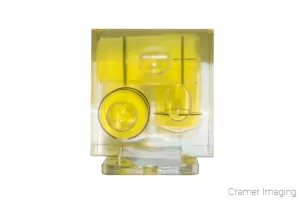
Hope you enjoyed our list of gear required for landscape photographers. Most of this photo gear is rather easily acquired and the cost fits into most budgets, especially if slowly purchased over time. The camera lenses might require some special saving up in order to purchase. Most medium to high end consumer grade cameras already come with an acceptable starter wide angle lens so a special lens purchase need not happen immediately.
With all of this gear for landscape photographers, in addition to your camera, you are ready to go out and start photographing landscapes. Just make sure to keep an eye on the weather forecast just in case you need to add some other outdoor gear to the list of stuff you bring. After all, you need protection from the elements as well. Happy shooting.


Receive monthly updates in your inbox from us.

Join our email-only photo of the week club to get the full stories behind how we captured our favorite fine art landscape photos.
We respect your privacy
No More Results